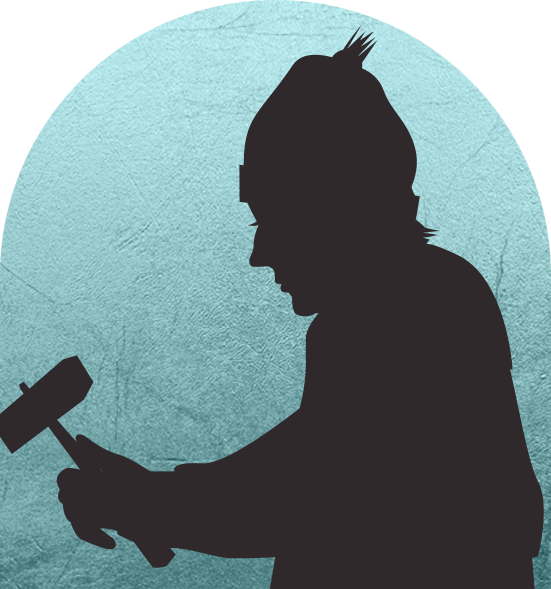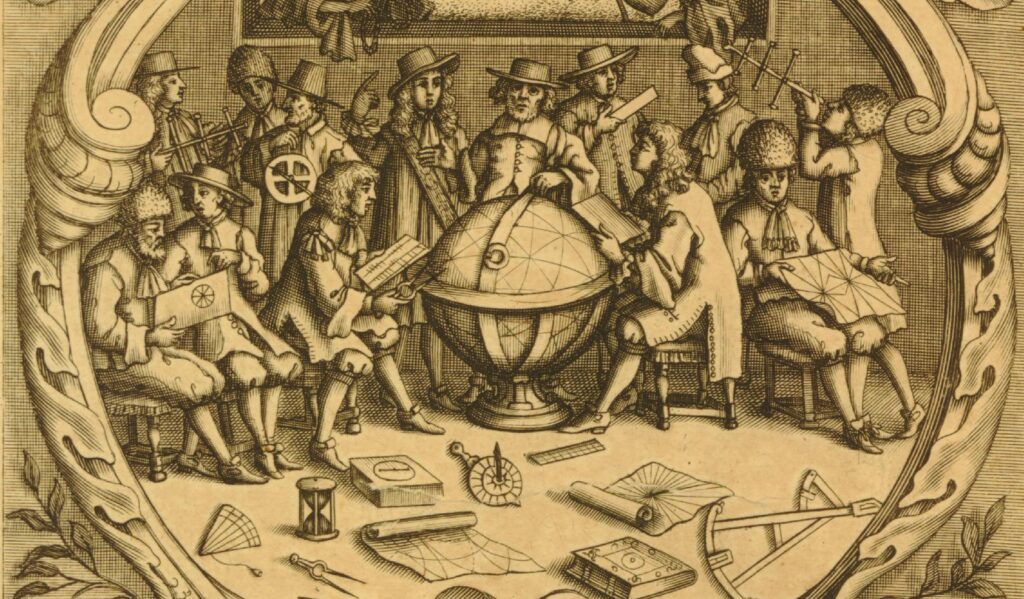St Botolph Aldgate
Read the stories of four that either survived or succumbed to the flames, and how they reemerged from the ruins.

St Botolph Aldgate
Close to Wapping on the north bank of the Thames, a home for all sorts of seafaring trades, the parish of St Botolph’s was an ideal place for making and selling navigational aids, compasses, telescopes, slide rules, and the like. Around 1672 the Bellinger family were living and working there from a shop in Crowne Court where they paid a rent of £4.
There were three generations of Bellingers, all making mathematical instruments from that site. The first John Bellinger, who had the shop for 35 years, was originally apprenticed to Robert Starr from the guild of Stationers and Clockmakers, as this was the closest profession. In 1718 John Bellinger indentured a Russian national, John Bakaeff, for the sum of £80 as an apprentice mathematical instrument maker.
See a backstaff created by John Bellinger at Royal Museums Greenwich.

The English trade of mathematical instruments started in the sixteenth century and is thought it have developed through the migration of skilled craftsmen from the Low Countries who helped to make London the largest centre for mathematical instruments in the world. Mathematical instruments were like the I-pads of their time and very valuable. Records show that when Samuel Pepys and his friend were robbed near Chelsea in 1693 their stolen instruments were valued at £3.
Read the stories of four that either survived or succumbed to the flames, and how they reemerged from the ruins.
Keep up to date with the latest news ...